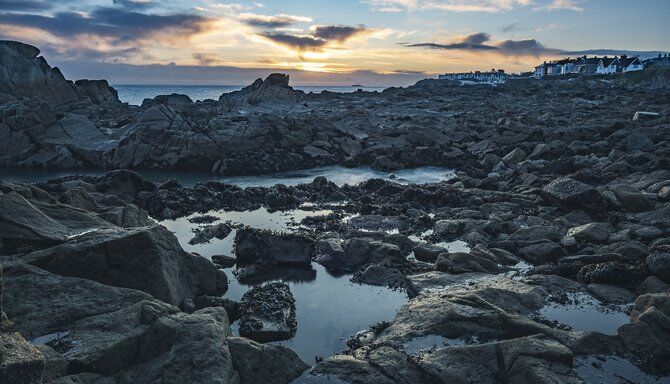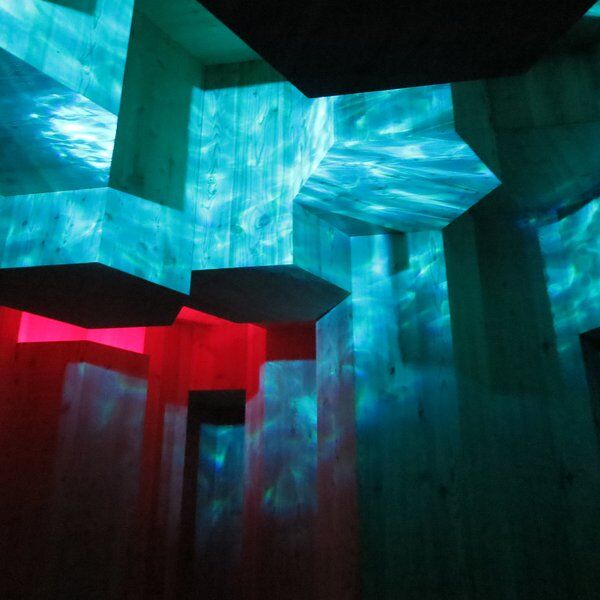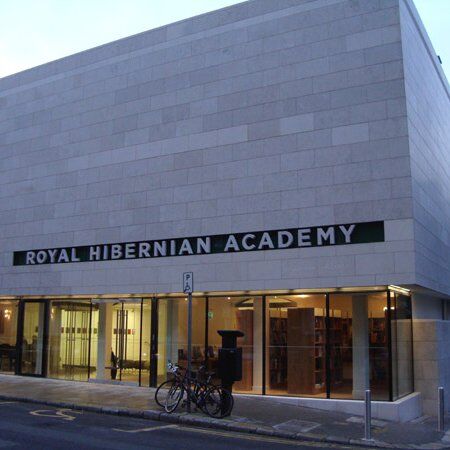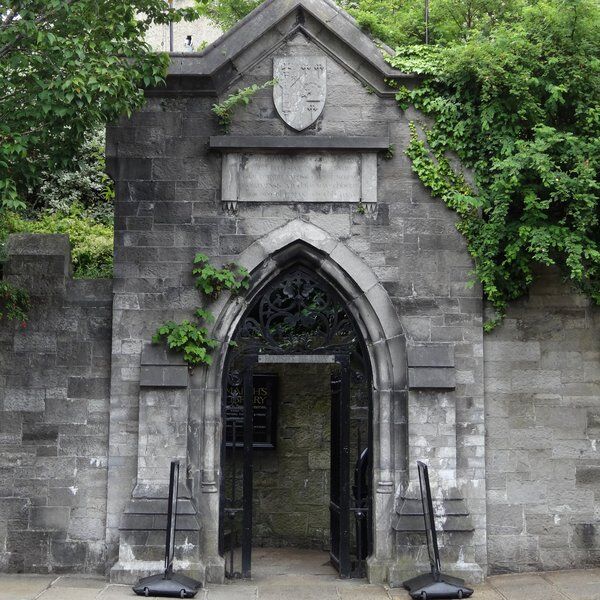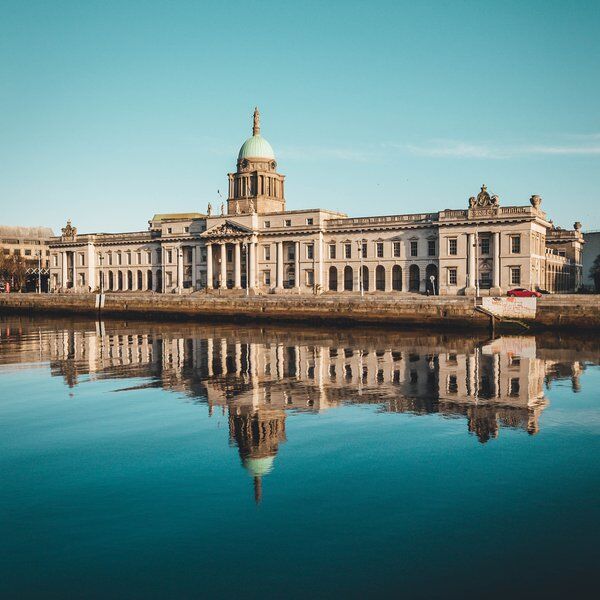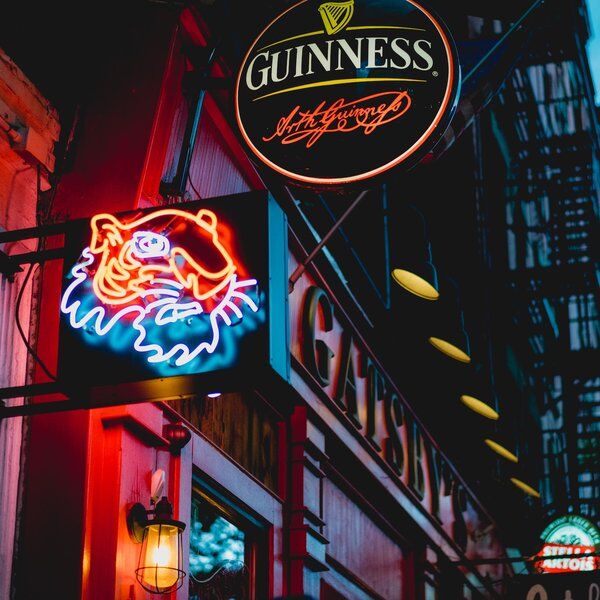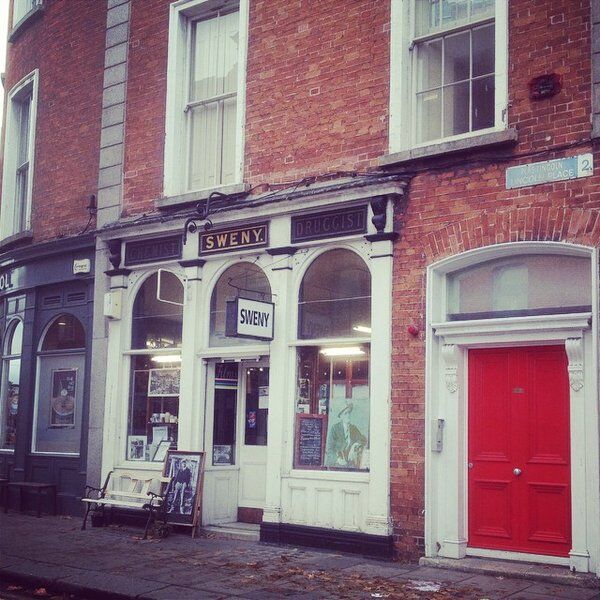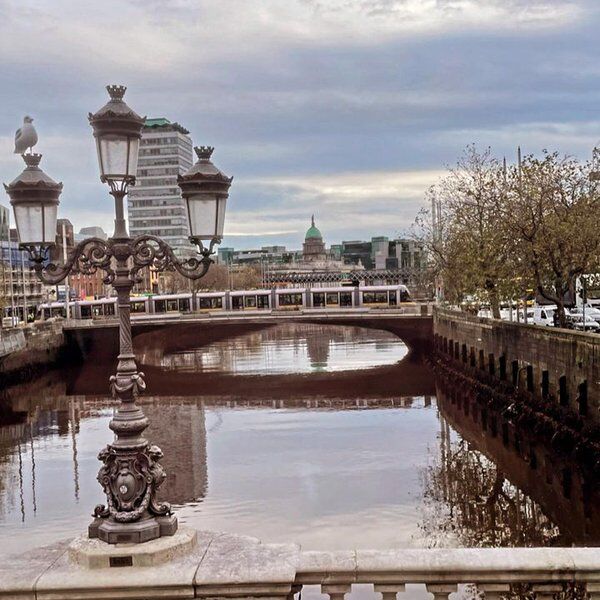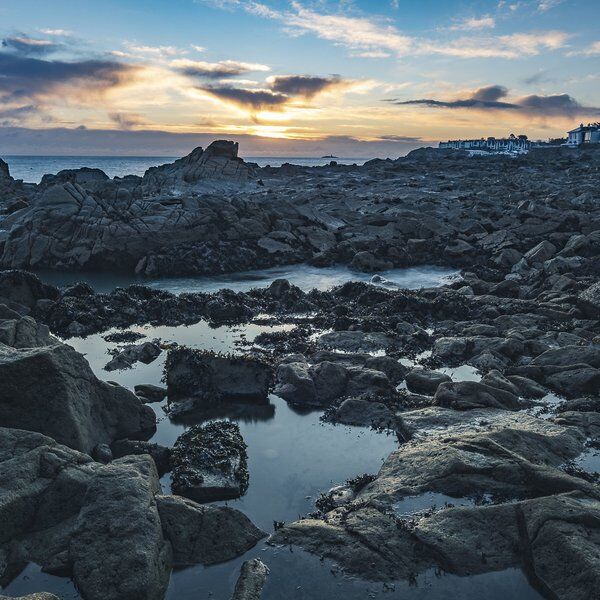
The snotgreen sea, the scrotumtightening sea
This is how Buck Mulligan describes Sandycove Beach in the opening chapter of Joyce's classic novel, Ulysses. Not the most flattering description, but it is worth bearing in mind just who Mulligan was before casting judgement on the beach itself.

A Literary Community At Sandycove Beach
In 1904, 14 years before the opening chapters of Ulysses were first published, a 22 year old Joyce was invited to stay with poet Oliver St. John Gogarty in an old tower at Sandycove Beach. Gogarty had hopes of founding a community of writers in the redundant fort. This was not to be however.
Gogarty was a raucous and impulsive man and, during Joyce's first few days at the tower, neither of them got much writing done.
On the sixth night Joyce was awoken by gunshots. Enough was enough, he decided, and promptly dressed and left.
Some accounts have it that the shots were fired by another guest, Trench, who, having had a nightmare about a panther, awoke in a frenzied panic. Others claim that Gogarty himself fired them in lieu of an alarm clock. Regardless of the culprit, the events of that night settled something in Joyce's mind: he knew now that his future was not to be had in Ireland.
He left the country that same year and only ever returned four times.
His experiences at Sandycove Beach went on to inform the first chapter of Ulysses, which is set in that same tower and features Stephen Dedalus and Buck Mulligan. Dedalus was in part a surrogate for Joyce, and the fiery and lude Mulligan was of course based on Gogarty.
The relationship between the two writers' remained tumultuous over the years that followed. They were not enemies, but Mulligan's description of Sandycove Beach is certainly to be taken with a pinch of salt. More than anything it is a funny, flippant throwaway line; a tribute to a bright but difficult man.
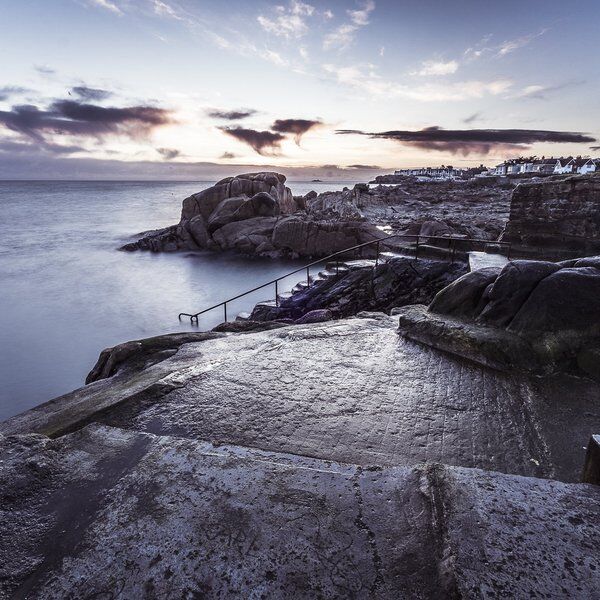
Sandycove Beach Today
Today Sandycove is popular with families and literary enthusiasts alike. The beach is horseshoe-shaped and (unsurprisingly) sandy. It's waters are shallow, making it a great place to paddle, and nearby, on the other side of the tower, is the historic Forty Foot bathing place (pictured above).
This was originally a traditional men-only nude pool, but is today available to everyone the whole year through (if you can handle the scrotumtightening temperatures that is!)
Paid roadside parking for the beach is a 20-25 minute walk away at Windsor Terrace or Eden Park, and there is a public toilet right next to the beach, also paid.
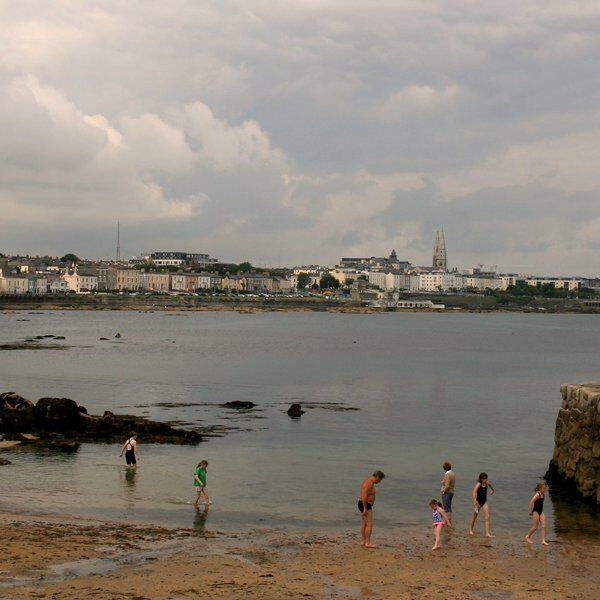
The History Of Sandycove Beach Tower
The tower, in which Joyce and Gogarty stayed, was originally built in 1804 and was one of many 'Mortellos' made in anticipation of a French invasion. It is 40ft high, has 8 inch thick walls and once boasted an 18 pound cannon with a range of almost a mile.
It was demilitarised in 1897 and then, in 1904, offered as a rental for £8 a year. Gogarin became its tenant shortly after.
It was used again as a fortification during the world wars before being transformed, in 1964, into the James Joyce Museum by Sylvia Beach, the original publisher of Ulysses.
This museum is still in operation today and is open daily between 10am-4pm. Along with the rest of Sandycove, it celebrates 'Bloomsday' annually on the 16th June, in honour of Joyce and his characters.

Want to learn more about Dublin and see some of it's secret & hidden sights? Check out our Dublin Treasure Hunts, puzzle-filled urban adventures lead you through city highlights and best-kept secrets. You'll actively engage with your surroundings to unravel the clues sent directly to your phones. Take optional breaks at great cafes & pub stops and enjoy the city's finest.
